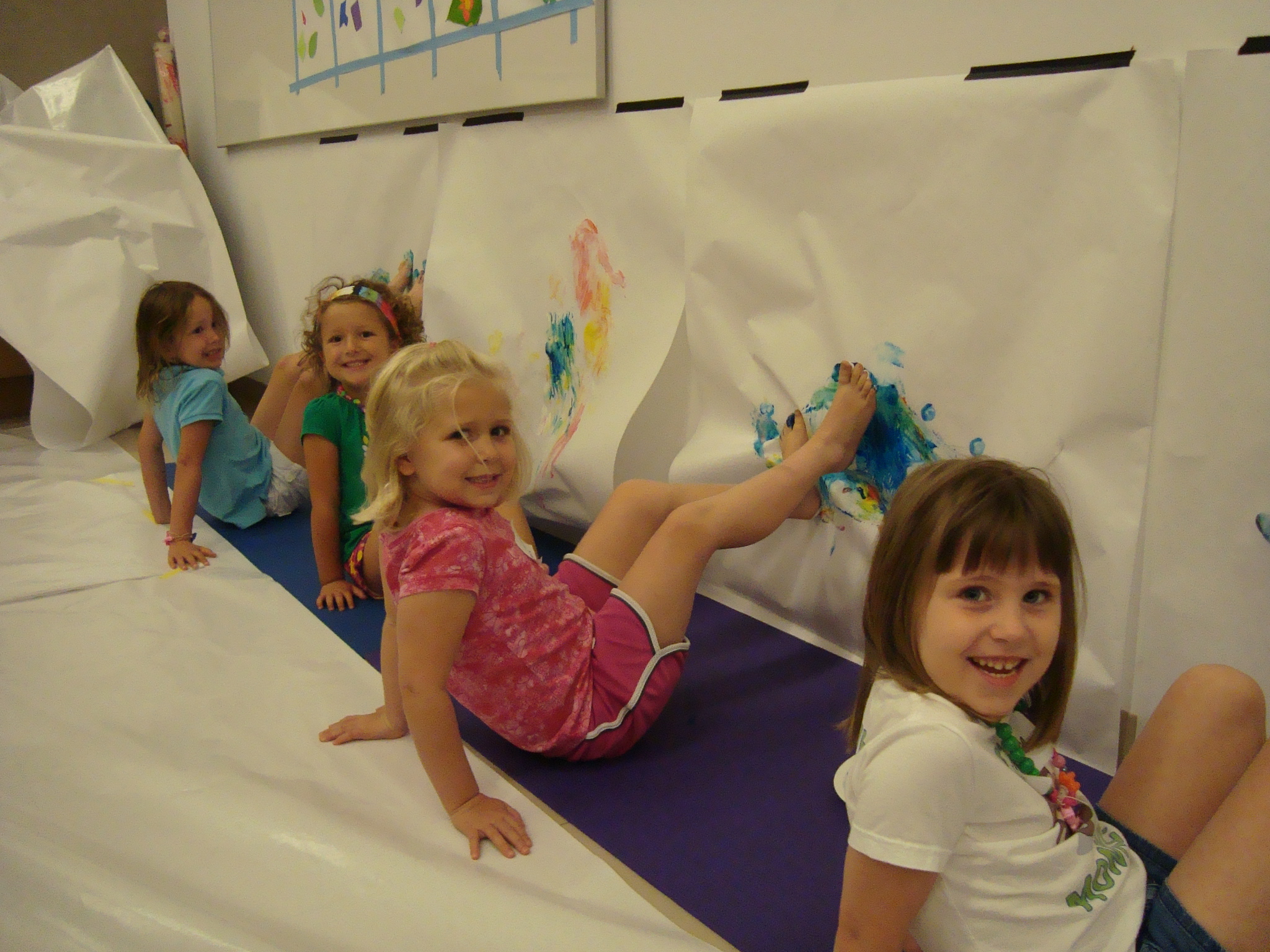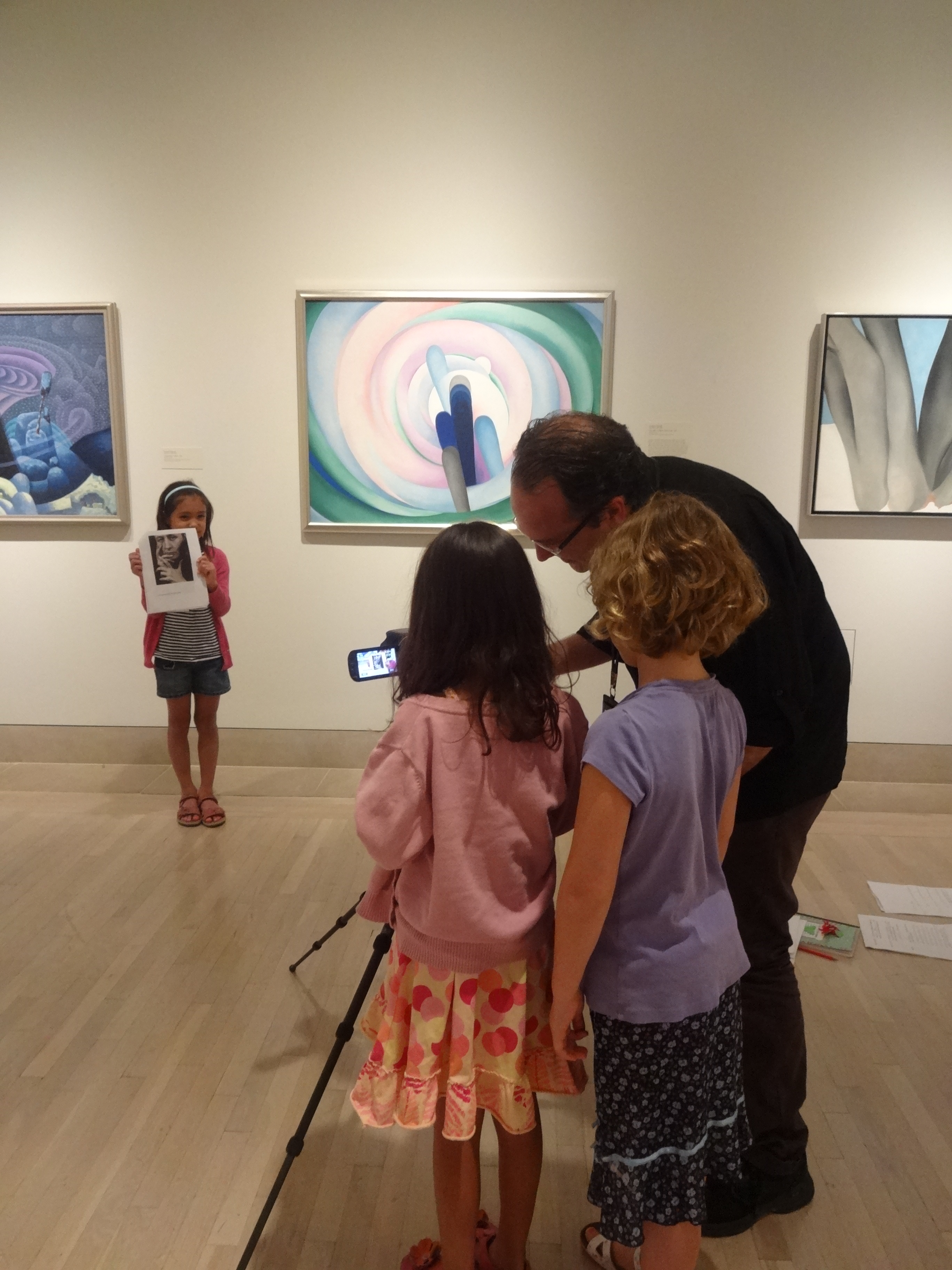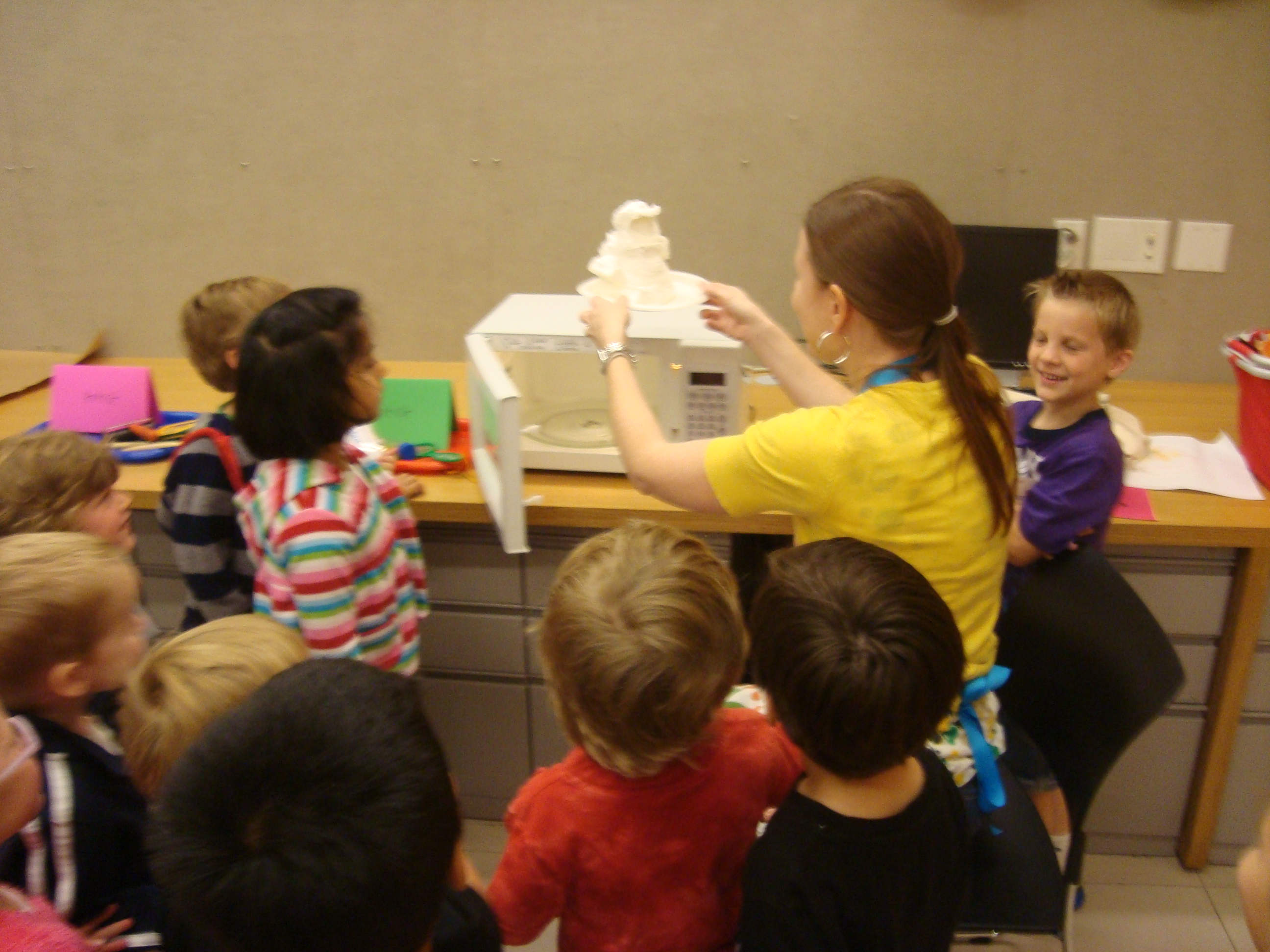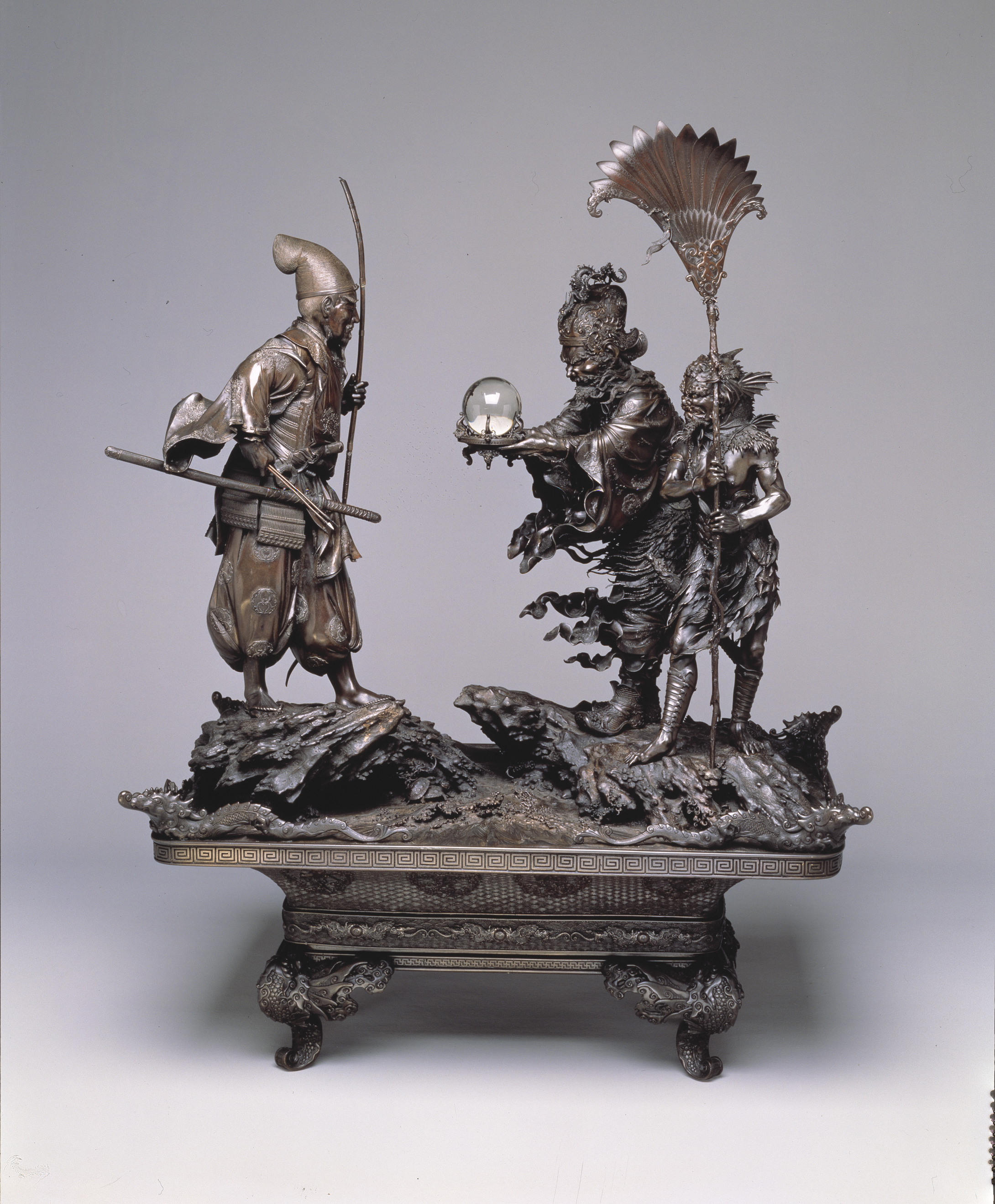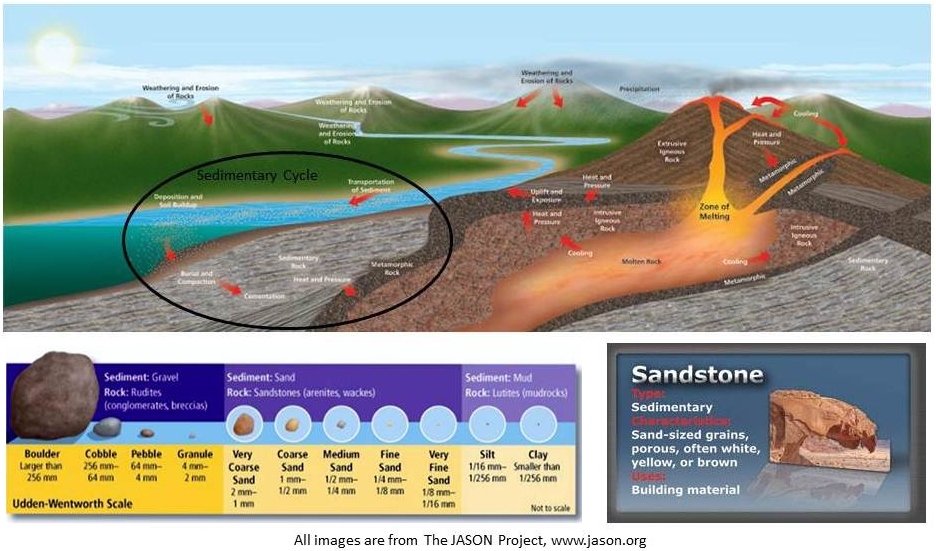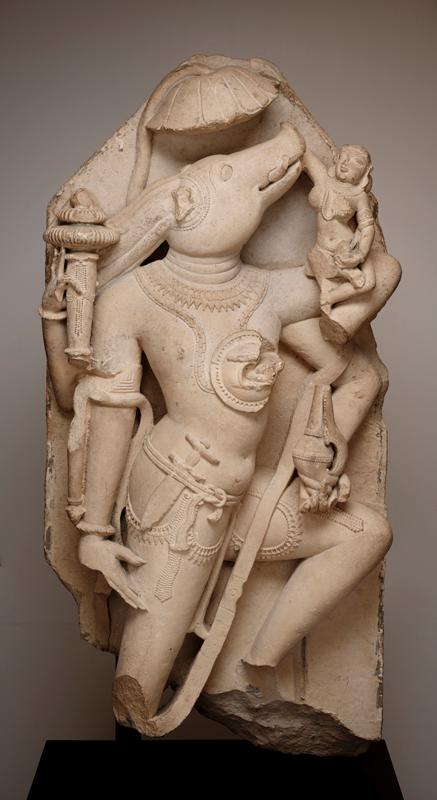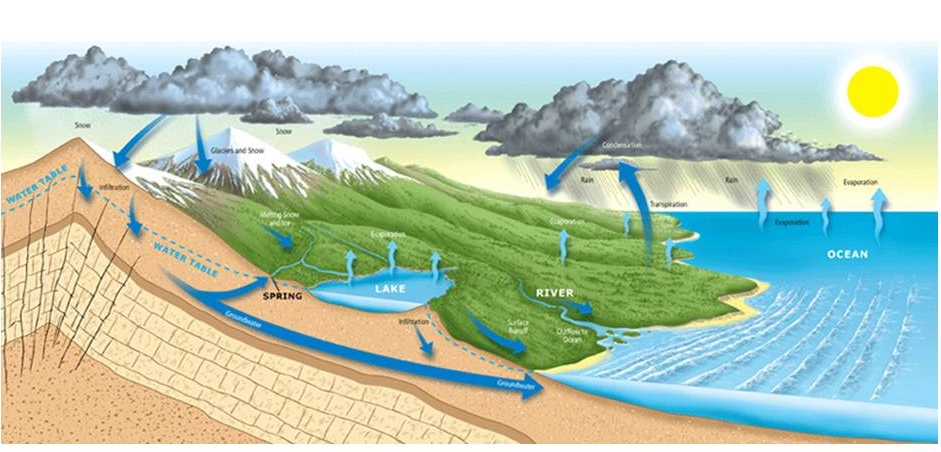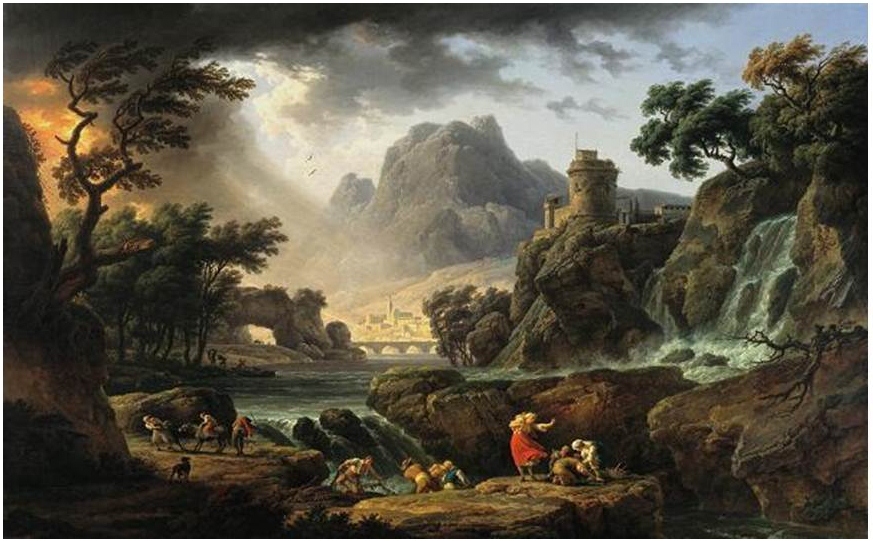Are you dreaming of lazy days at the swimming pool, sunburned noses, family vacation, and popsicles? We are! Summer is officially 95 days away, but we won’t be spending it at the neighborhood pool. For those of us who coordinate Family Programs at the DMA, summer means one thing—Summer Art Camp! And this year’s line-up of camps has something for every creative kid. Whether you are a junior shutterbug, fashionista, sculptor, painter, designer, musician, actor, or inventor, there’s a summer camp for you.
I have been teaching summer camps at the DMA for five years now, and I’m 95 percent serious when l tell my friends that I would gladly be a full-time summer camp teacher. I love spending an entire week with a group of kids, exploring the Museum’s galleries, getting messy in the studio, and having fun. Summer camp gives both teachers and campers permission to be a little goofy, experiment with materials in crazy ways, and give our creativity a good work-out. Camp is all about F-U-N (but we usually manage to learn something along the way too).
Some of my favorite summer camp memories so far include:
- Painting with our feet (which was ridiculously funny)
- Filming an Art Newscast
- Microwaving Ivory soap to create a sculpture (lots of oohs and ahs)
Here’s a sneak peek of just a few of the things you can do at Summer Art Camp this year:
- Make a pinhole camera in Developing an Eye for Art camp for 6-8 year olds
- Design a concert poster in Design Studio camp for 9-12 year olds
- Make puppets and your own story in Once Upon a Time camp for 4-5 year olds
- Put on a Project Runway-worthy fashion show in Fashion Forward camp for 6-8 year olds
- Create erupting paintings in artLAB camp for 4-5 year olds
- Learn the nuts and bolts of animation in Animation: Moving Sculptures camp for 9-12 year olds
- And so much more!
This year’s camps will be held each week June 9-27 and July 7-August 15. Morning camps are 9:00 a.m.-noon and afternoon camps are 1:00-4:00 p.m. Tickets are on sale now!
For aspiring art and museum educators, Summer Art Camps also offer the opportunity for a summer internship at the DMA. Summer camp interns get hands-on experience as they assist summer camp teachers by facilitating gallery activities, art-making projects, games, and sensory explorations. With each camp, interns step into the role of art cheerleaders, skit-planning co-conspirators, the ultimate problem solvers, and mentors to the children. What better way to spend a summer? Applications are now being accepted. Find out how to apply here.
Spend some time with us this summer at the DMA, and you’re sure to be a happy camper!
Leah Hanson
Manager of Early Learning Programs
